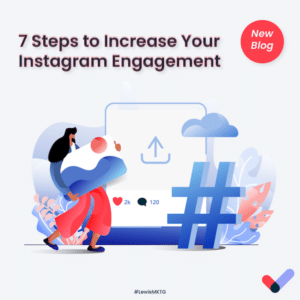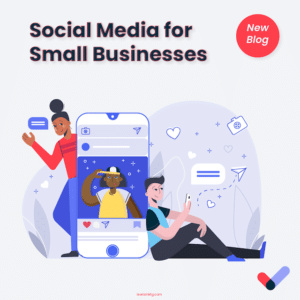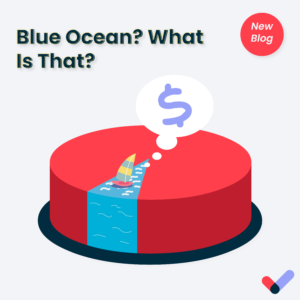
Introduction
My first encounter with the Blue Ocean Strategy concept came while sitting in a grad school strategy class. My professor asked the question, “blue ocean or red ocean”? With a puzzled look on my face, I wondered what she was talking about. She later explained the framework, which would change my approach as a marketer moving forward.
If you were as puzzled as I was, consider yourself lucky because this is Blue Ocean Strategy 101. In this article, I will explain what a blue ocean strategy is? How to adopt a blue ocean to your business model.
What is a Blue Ocean Strategy?
The concept became mainstream in 2005 after professors W.Chan Kim and Renee Mauborgne wrote a book titled Blue Ocean Strategy How to Create Uncontested Market Space and Make Competition Irrelevant”. Blue Ocean Strategy is described as the ideology of pursuing differentiation and low cost to open up a new market space and create new demand.
Done correctly your business is supposed to be more profitable. Companies using this approach are proactive in planning for the future practices of their industry. Think about your current marketing strategy; are you proactive or reactive?
Red Ocean
The high level of competition in the marketplace turns the “ocean” bloody hence the term “red ocean.” Businesses have to choose between value or cost because both cannot operate in this structure.
Most companies operate with a “Red Ocean” strategy because it’s easier to mimic the competition. Red Ocean is a reactive approach and emphasizes beating the competition. The phrase “if it ain’t broke, don’t fix it” describes companies using this approach.
Most industries are Red Oceans because they offer similar products and services. Food example, fast-food restaurants at their core all have similar business models. Quick serve food at a reasonable price. They even emulate similar discounts like the “buy one get one free, or a $4 meal deal”.
Blue Ocean Vs. Red Ocean
When comparing the two, the best way to differentiate the terms is by thinking about the driving factor for operations. The red ocean represents something that already exists in a given marketplace. In contrast, a blue ocean has not been created or seen in a particular industry.
Disney has perfected its blue ocean strategy throughout the years. First with the addition of resorts and product line extension of their theme parks, to the wristband Technology used to reserve particular services in the theme park
Both strategies want to maximize profit, but the level of competition differ. Any successful business should strive to limit the amount of competition in their segment of the market. Inherently thinking this manner will allow you to become an industry leader and operate within a blue ocean.
Adopting a Blue Ocean to Your Business Model
Now that you understand what Blue Ocean Strategy is, you are probably thinking, “how do I implement this to my business”?
Following the 5-step layout in Blue Ocean Shift, you can begin to shift from red to blue. Using the 5-step layout, we can look at the ride-sharing industry. Uber was able to gain market dominance in the ride-sharing industry because they eliminated the monopoly that was private taxi services. Offered a cost-efficient way for persons to travel around town.
When thinking about your blue ocean shift, you should experience the industry you are currently operating. Doing a simple SWOT analysis exposes threats and opportunities for growth in the industry. You may now take those opportunities and threats and formulate tactics that will change a shift.
Uber saw an opportunity in the taxi industry because people had few alternatives. This aligned with the blue ocean strategy because they could leverage differentiation and low cost to create their segment.
Taking an objective look at your current marketing and overall business strategy may be difficult but in order to grow, it’s necessary. You can’t fix what under the hood if don’t open the hood and take a look
Conclusion
Blue Ocean Strategy is a shift in thinking. Competition is irrelevant because you are competing with yourself. This will allow you to be proactive rather than reactive. Constant innovation is the only way to ensure your blue ocean is sustainable. If you need help identifying your Blue Ocean Strategy contact us today.








